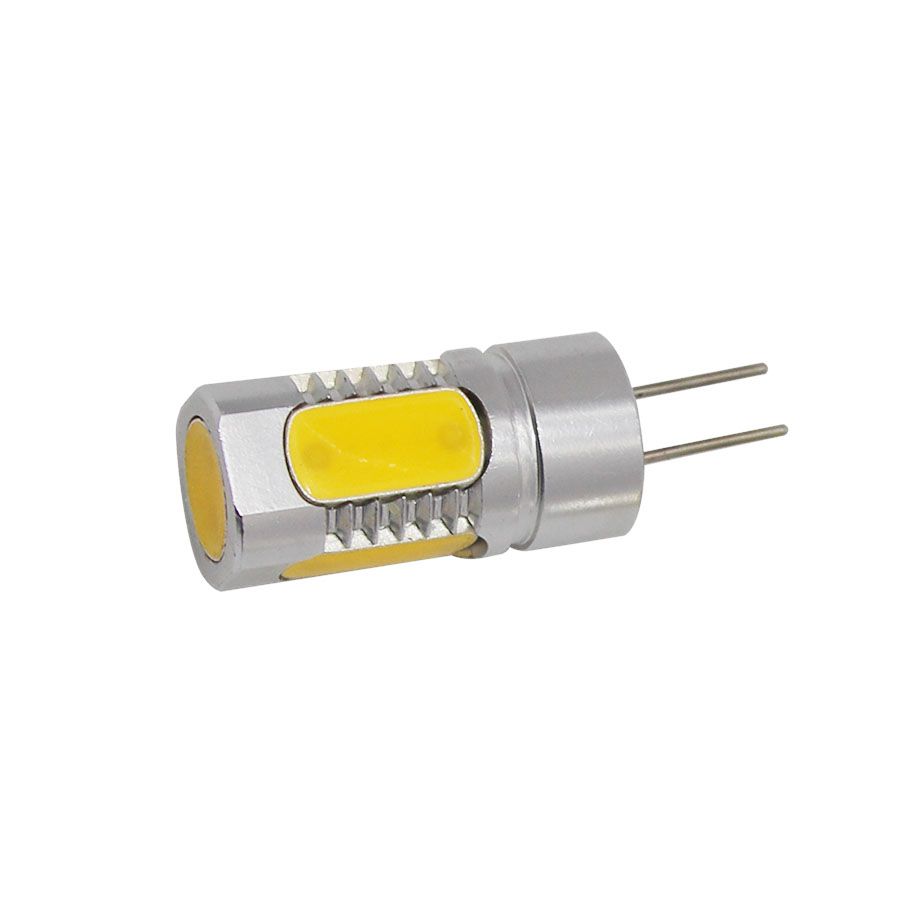For the Southeast Asian market, LED suppliers should do so
2017-05-13 17:47:43
According to statistics, the six major countries in Southeast Asia (Thailand, Singapore, Malaysia, Vietnam, Indonesia, the Philippines) to calculate the total lighting market in Southeast Asia in 2015 will be close to 5 billion US dollars, of which the size of about 1.7 billion led lighting. Southeast Asia LED lighting market in 2012 the fastest growing, up 65% year on year growth, to 2014-2015 slightly slowed, but still more than 28% growth rate. In addition, the Southeast Asian market LED lighting penetration increased year by year, and enhance the speed gradually accelerated. 2012 - 2015, Southeast Asia LED lighting penetration is expected to grow from 14% to 30%. Southeast Asia market is growing into the most dynamic and potential development of LED lighting fertile soil.
LED lighting in the rapid development of Southeast Asia, in addition to benefit from the infrastructure, driven by the development and impact of the Association of Southeast Asian countries have also produced a great role in promoting. The Association of Southeast Asian Nations is a government international organization that integrates countries in the Southeast Asian region. Since the establishment of ASEAN in 1967, is one of the fastest growing areas of global economic growth.
ASEAN not only actively negotiated free trade agreements, but also set a goal in 2015 to set up the "ASEAN Economic Community." The establishment of the ASEAN Community will make ASEAN a single market and manufacturing base. The ASEAN Economic Community is scheduled to be implemented by the end of 2015 with the aim of facilitating the free flow of goods, services and professional labor, as well as the flow of capital between Member States.
In the policy and standard part, after the establishment of the ASEAN Economic Community, will implement the unified standard electronic equipment AHEEERR. Since 2016, electronic equipment products can be in a local country through the safety certification, in other ASEAN countries to do trafficking. The implementation of uniform standards is undoubtedly the product exports to the Southeast Asian market has brought significant benefits. For LED manufacturers, into the Southeast Asian market without multiple standard certification, direct savings in export costs and time. And increase the trading opportunities, through a different LED quotation,the product once exported to Southeast Asia can be sold throughout the ASEAN. For the local market and consumers, the implementation of a unified standard makes more healthy competition can join, is conducive to improving product quality and norms, thereby improving market acceptance.
In the market's rapid growth and policy under the good, the Southeast Asian market is bound to become China's LED manufacturers in the future development of an important overseas battlefield. However, manufacturers need to choose their own and the local market channels and models, in order to quickly and effectively open up the market.

To import lighting products from China, for example, Southeast Asia, lighting industry chain structure can be divided into five categories: 1. By the Chinese manufacturers to provide lighting for the local lighting plant; 2. Import semi-finished products + local assembly; 3. Imported light source + local assembly; . China foundry direct ODM after delivery to countries; 5. Chinese manufacturers own brand through the project or wholesale channel sales.
Positioning strategy 1: B2C channels and engineering channels are involved, in general, B2C channel share will be slightly higher than the channel.
Positioning strategy 2: the main project channels, B2C channels accounted for relatively small.
Positioning strategy 3: the basic product all through the project channel sales.
Positioning strategy 4: mainly through retail and wholesale lights, mostly small and medium-sized manufacturers.
Overall, due to the lack of local manufacturing capacity, Southeast Asian countries are still Philips, singular, Toshiba and other international manufacturers share the highest, followed by local manufacturers. While the international and local manufacturers will usually choose from the Chinese factory direct ODM after delivery to countries, foundry relations are relatively fixed and large orders, so this industry chain structure in Southeast Asia accounted for the highest proportion, an average of up to 50% The While the Chinese manufacturers from the brand to the local market sales, also accounted for about 25% of the share.
In the market positioning strategy, as the Southeast Asian civilian market has not yet opened, facelift demand is still commercial and outdoor projects, so the local manufacturers generally to the main project channels, retail and wholesale channels accounted for relatively small. The international manufacturers as a pioneer in the market, usually retail wholesale channels and engineering channels are involved, in general, the proportion of retail and wholesale channels will be slightly higher than the project channel, the price yuan is slightly higher than the local manufacturers. In addition, there are some manufacturers mainly through retail and other channels of sales of products, mostly small and medium-sized manufacturers, relative to the manufacturers to take the channel lower prices, the main low-end market, share the smallest share.
Can be seen that the current business model in the Southeast Asian manufacturers, the Chinese manufacturers occupy a very important position. Chinese manufacturers to find local partners, master OEM orders, can be described as an effective path to open up the Southeast Asian market, in addition, establish a brand image, master the advantages of local channels, and then export their own brand to Southeast Asia, the larger scale and brand Advantages of Chinese manufacturers, but also conducive to occupy a place in the Southeast Asian market, and production of its own brand of product profit margins will be higher.
In general, manufacturers need to do a self-assessment, according to the brand and channel conditions for appropriate channel selection, and according to the local market demand for product specifications and prices. Whether high-end or low-end, engineering or retail, own brand or OEM, good positioning strategy is a key factor in entering the Southeast Asian market.





